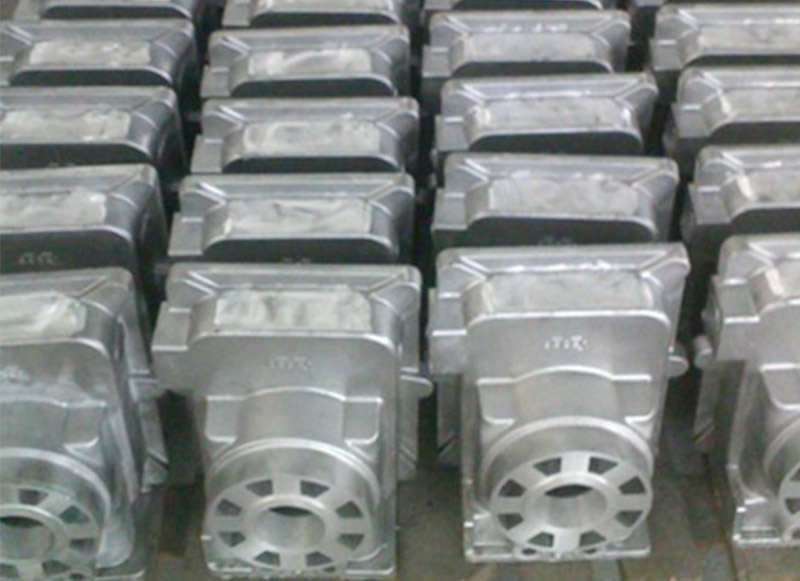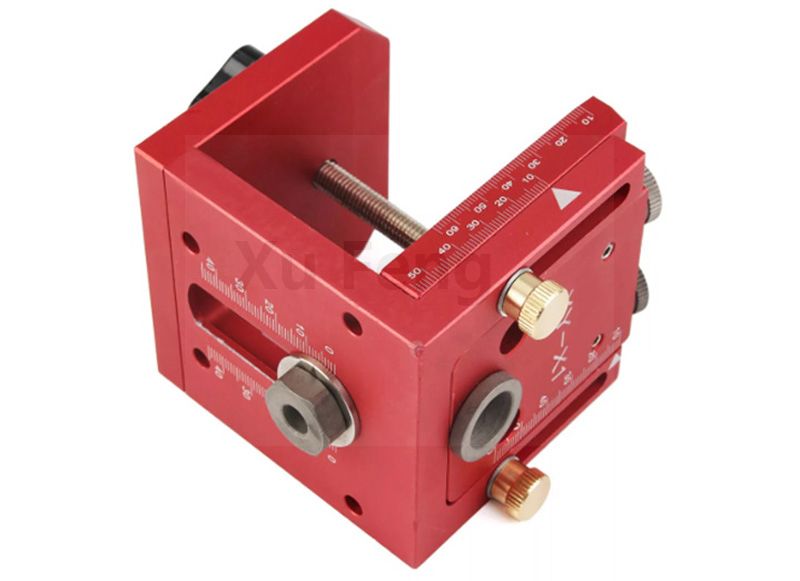 Jul. 05, 2023
Jul. 05, 2023
Choosing the right material for CNC milling parts is crucial for ensuring optimal performance and durability. The material selection process involves considering various factors, such as mechanical properties, environmental conditions, cost, and specific application requirements. XuFeng will guide you in selecting suitable CNC milling part materials to meet your specific needs.
Hot Tags: About XuFeng ,More products
1. Understand the Application Requirements:
Before selecting a material, it is essential to understand the specific requirements of the CNC milling part's application. Consider factors such as the expected load, stress, temperature, corrosion resistance, and wear resistance. This will help determine the mechanical properties and characteristics that the material should possess.
2. Evaluate Mechanical Properties:
Mechanical properties play a vital role in the performance and durability of CNC milling parts. Some key mechanical properties to consider include:
a. Strength: The material should have sufficient strength to withstand the applied loads without deformation or failure. Consider both tensile strength and yield strength.
b. Hardness: The material should have the appropriate hardness to resist wear and deformation under operating conditions.
c. Toughness: It is essential to choose a material that can absorb energy and resist cracking or fracturing.
d. Fatigue Resistance: If the part will be subjected to cyclic loading, it should have good fatigue resistance to withstand repeated stress without failure.
3. Consider Environmental Conditions:
Environmental conditions, such as temperature, humidity, and exposure to chemicals or corrosive agents, can affect the performance and durability of CNC milling parts. Consider the following factors:
a. Corrosion Resistance: If the part will be exposed to moisture, chemicals, or other corrosive agents, choose a material with high corrosion resistance, such as stainless steel or certain types of plastics.
b. Temperature Resistance: If the part will be subjected to high temperatures, select a material that can withstand the desired temperature range without significant degradation of mechanical properties.
4. Cost and Availability:
Consider the cost and availability of the chosen material. Some materials may be more expensive or harder to source than others. Evaluate whether the material is cost-effective for your specific application and readily available from suppliers.
5. Material Compatibility with CNC Milling Process:
Different materials have varying machinability characteristics. Some materials are more challenging to machine, resulting in increased tool wear, reduced machining speeds, or lower surface finish quality. Consider the compatibility of the material with the CNC milling process to ensure efficient manufacturing and desired final part quality.
6. Seek Expert Advice:
It is always beneficial to seek expert advice from material suppliers, CNC machining professionals, or industry experts. They can provide valuable insights into material selection based on their experience and knowledge of specific applications.
7. Common Materials for CNC Milling Parts:
Here are some commonly used materials for CNC milling parts and their general characteristics:
a. Aluminum: Lightweight, good strength-to-weight ratio, excellent corrosion resistance, and good machinability.
b. Stainless Steel: High strength, excellent corrosion resistance, and good temperature resistance. Different grades offer varying levels of strength and corrosion resistance.
c. Steel: High strength, good toughness, and wear resistance. Different grades of steel offer varying mechanical properties.
d. Brass: Good machinability, excellent thermal and electrical conductivity, and corrosion resistance.
e. Plastics: A wide range of plastics is available, each with different properties such as high strength, low friction, excellent chemical resistance, or electrical insulation.
In conclusion, selecting the right material for CNC milling parts involves evaluating the application requirements, considering mechanical properties, environmental conditions, cost, and material compatibility with the CNC milling process. It is important to carefully analyze these factors and seek expert advice to choose a material that will ensure optimal performance and durability for your specific application.